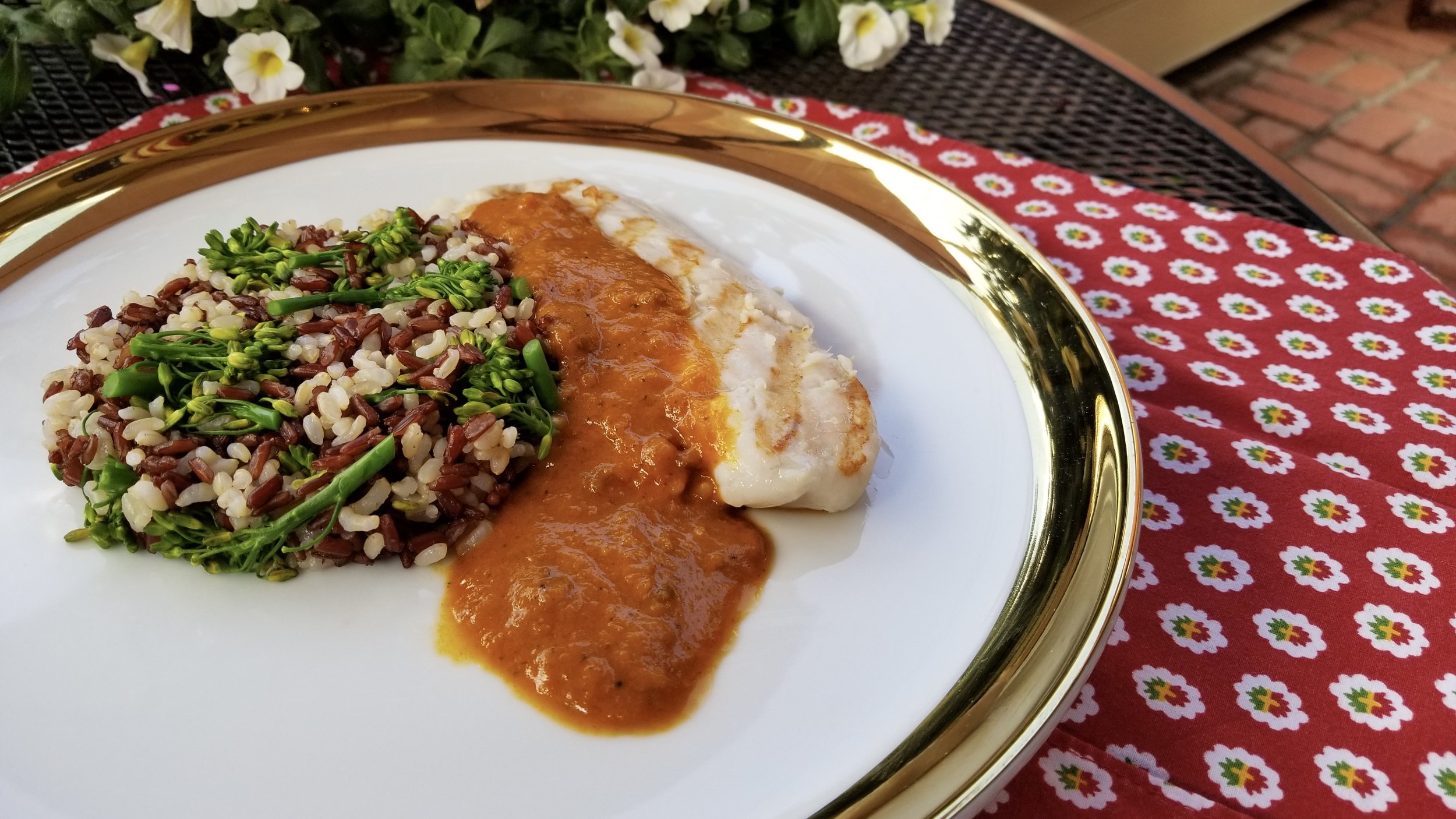basics of indian cooking
Life lessons learned outside the kitchen often help when cooking within it.
I find that the easiest way to care for someone is merely to see how similar that person is to me.
It’s much the same with strange or exotic cooking, the kind of food we frankly fear to prepare. Cooking Indian is a good example; hardly anyone I know who isn’t Indian cooks it. “Too complicated,” I hear, “too spicy.” Hey, a lot of our regular cooking is complicated - we show off about making it - and if salsa and hot sauce sales say anything, its that we relish spice and heat.
Looked at another way, the bases of nearly every savory Indian dish I’ve ever prepared sound like the bases of nearly every savory French dish I’ve ever prepared (or Italian dish, or Cajun, or …). Just switch the words on two or three basic ingredients.
Instead of “diced onions, celery and carrot” (for French), or “diced onions, garlic and pork” (for Italian) or “diced onion, celery and bell pepper” (for Cajun), the Indians say “onion, garlic and ginger.”
And as with nearly all other cuisines from around the globe, you can make Indian dishes as complicated or as spicy-hot—or neither—as you wish. Recipes of all sorts abound. But the rewards of cooking Indian, to me, far outweigh the momentary discomfort of wading into new waters. This is enticing exotic, pal, so heady with aroma and flavor that it transports. Nice when food does that.
All you need do is set yourself up with some staples of the Indian pantry—increasingly available hereabouts—and get comfortable with a few new words.
Many of us cook lentils and garbanzo beans; the Indians just call those dal and chana (and prepare them nearly every meal). If you’ve got cumin powder and cinnamon sticks around for your Mexican dishes, they’ll often come in handy for your Indian ones.
Onions, garlic, cilantro, ginger, tomatoes, yogurt, chili peppers—check. Oh? Already in the frig?
So, you may need to go buy some seeds of black mustard, coriander and cumin; some cardamom pods and turmeric; and a can of coconut milk. You’ll enjoy the shopping trip because the store smells so great.
Sure, there might be need for one or another “exotic” ingredient for this or that Indian dish, but I am thinking that that is the idea about exotic, isn’t it? A necessary and salutary break from the everyday.
So, go for it. Make a jar of ghee (the French all it “clarified butter”) to have around as the basic Indian cooking fat (or for a ragout de champignons or perhaps a risotto alla Milanese); assemble your own special garam masala to use for all your Indian preps (or just buy a jar); and think about buying a rice cooker.
Yellow Curry Dover Sole
RECIPE: Yellow Curry Dover Sole
Serves 2-4.
Ingredients
2 pounds Dover sole
3 tablespoons ghee or neutral oil such as canola
1 medium onion, small dice
6 cloves garlic, peeled and grated
1 2-inch pice ginger, peeled and grated
1 tablespoon garam masala
1 teaspoon turmeric
1/2 teaspoon cumin powder
1/2 teaspoon coriander powder
1/2 teaspoon cayenne chile powder
1/2 teaspoon fine grained salt
1/2 teaspoon freshly ground black pepper
1 cup canned tomatoes, petit or small dice
1 14-ounce can coconut milk
Directions
In a large skillet, over medium-high heat, melt the ghee and add the diced onion, stirring a bit for 3 minutes. Lower the heat slightly and add the garlic and ginger, stirring it in, 2 minutes. Add all the spices and flavorings, again stirring them in, and cooking everything for 1 minute more.
Add the tomatoes and mix in, cooking for 5 minutes or until the curry gives up some of its water and thickens. Stirring, add the coconut milk and heat through. At this point, you may either cook the fish on its own (grill, broil, pan fry), 5-6 minutes or until it is firm and just opaque, or braise it in the curry itself for about the same amount of time.
Serve with a 50/50 mix of Lundberg Family Farms Organic Red Jasmine and White Jasmine rices studded with crisp-cooked and chopped broccolini.

